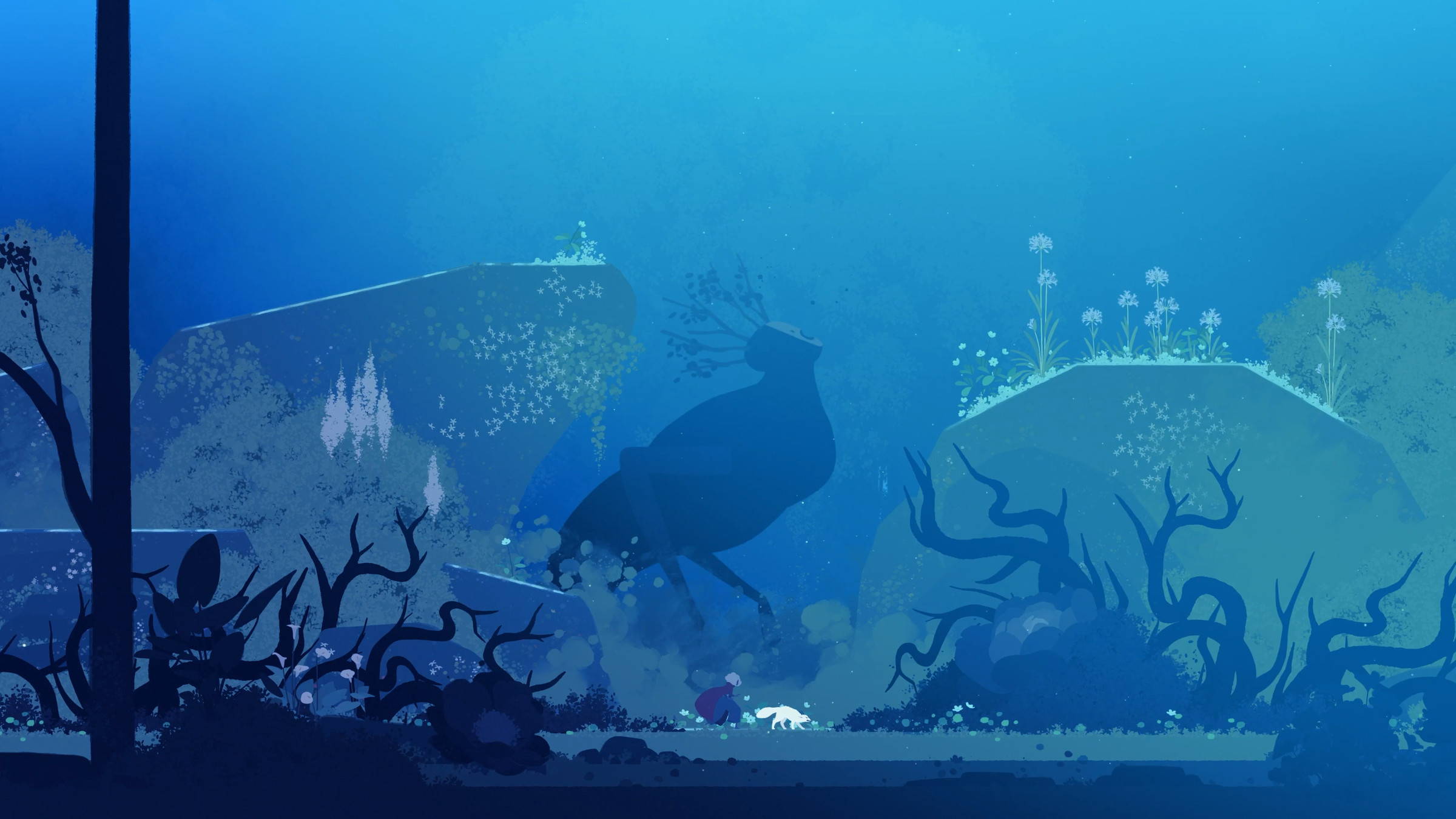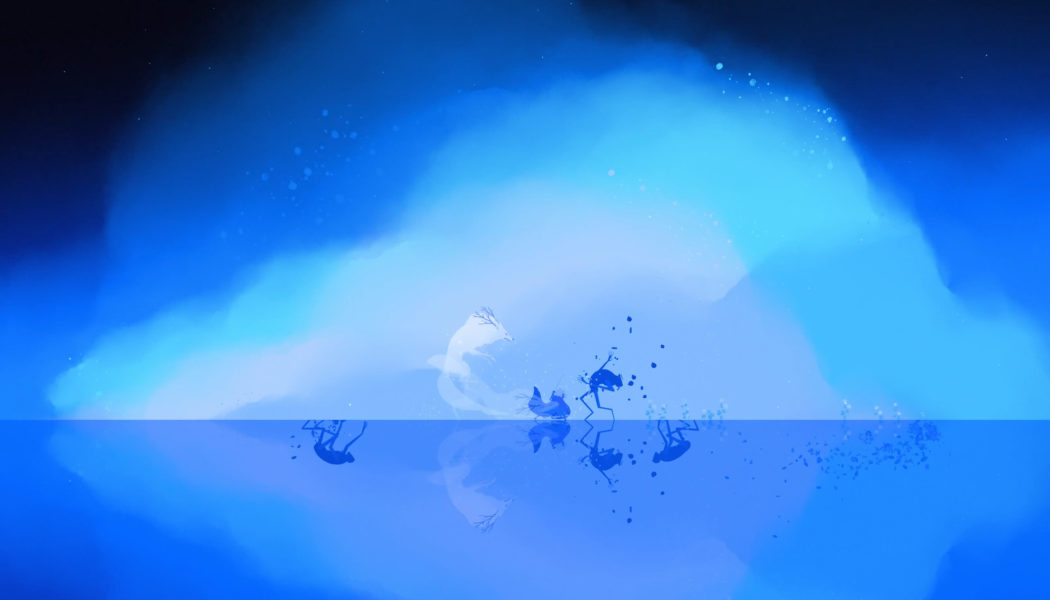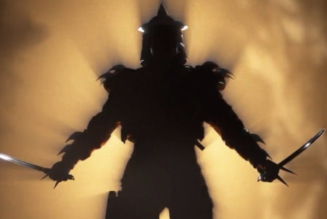Neva launches on October 15th and introduces a pair of important new features.
Share this story

After the launch of Gris, a beautiful game exploring grief, the team at Nomada Studio in Barcelona needed a long break. They spent around half a year not even thinking about what was next, avoiding words like “Unity” or “sequel.” Eventually, director Conrad Roset, who became a parent during that time, came up with the idea of a similar experience that would introduce a new companion, allowing players to connect with and care for another character.
“I told him, no problem, as long as it’s not a four-legged animal, you can do whatever you want,” says lead producer Roger Mendoza, noting that animating critters with lots of legs can be “quite painful.” But the director was able to make the case for a game called Neva about a young woman who goes on an emotional journey with a magical fox creature. “I think it was worth it,” Mendoza admits.
Neva launches on October 15th (it’s coming to PC, Switch, Xbox, and PS5), and like Gris, it’s a stunningly animated 2D adventure. Players take on the role of a young woman caring for a young fox pup named Neva, trying to usher it to safety in a world filled with dark forces that look ripped out of Spirited Away. It only takes around five hours to finish, but the game spans a long period of time; each chapter is a different season, and you see the fox grow over time. At first, it’s a relatively helpless pup, but by the end, it becomes your protector.
Neva and Gris share a lot in common: the short length, approachable gameplay, incredible art and animation, and narrative that’s told almost entirely without words. (Neva does have some voice acting, but it’s multiple variations of the heroine calling out Neva’s name. “I think we recorded 500 different ways of saying Neva,” jokes Mendoza.) But the new game also introduces two major features: not only a second character but also combat.
According to Mendoza, the latter was inspired by the former. “[The addition of Neva] was in a way where the combat came from — we thought it would be a good mechanic to bring together the fact that there’s a companion now,” he explains. Early on, you have to fight to protect the fox, but as she grows up and changes, so, too, does that dynamic. “Now she’s the one who is taking care of you,” Mendoza says. “When she’s not with you, you really feel it. Combat felt like a good way to tie everything together.”
This presented a number of design challenges, most notably in terms of accessibility. One of Gris’ biggest strengths was how easy it was to pick up and play; it even worked well on a smartphone touchscreen. But the added layer of complexity that comes from combat and a companion meant that Neva “isn’t as approachable as Gris,” according to Mendoza. “That’s something that we knew early on; the moment you add more controls, it becomes more difficult.” To account for this, the developers designed the game from the beginning with a story mode, where you can’t die in battle. “That was a way to try to find the right balance,” he says.


The success of Gris — the game sold more than 3 million copies to date — gave the studio the confidence to both push in these more ambitious directions but also continue to pursue its strengths. One of the major learnings from that game, according to Mendoza, was that “you can do a strong narrative without the need for words. It’s something that we had no idea if it would work on Gris.” Neva takes things a step further, with a more direct storyline that covers a number of topics simultaneously — not only the evolving nature of a parental relationship but also overt themes about environmental destruction. Again, this story is conveyed almost entirely through art, sound, and animation.
The other major learning from Gris was more practical. One of the main reasons that game’s development was so stressful and required such a long post-launch vacation was that the team was relatively small. In fact, only two programmers worked on Gris at all, forcing lots of late nights and long hours. Now that many members of Nomada are a little older, with families of their own, work-life balance is a much bigger priority. And so one of the most important changes between Gris and Neva was a seemingly simple one: “we hired more programmers.”









